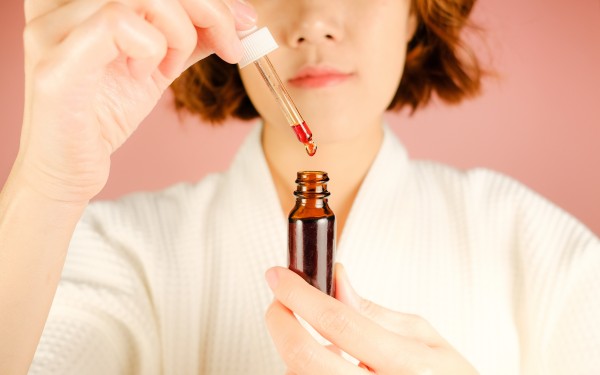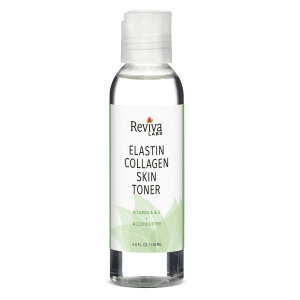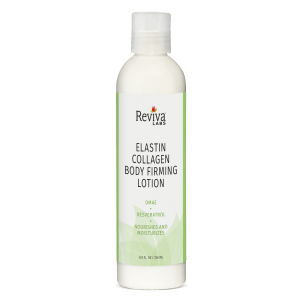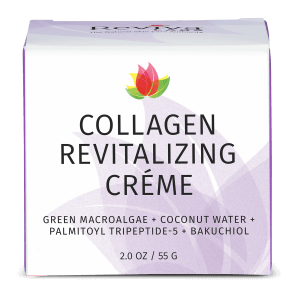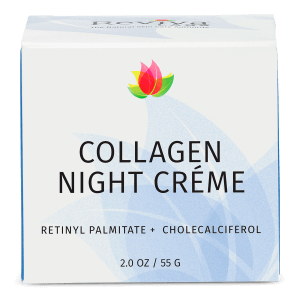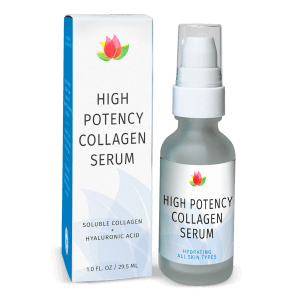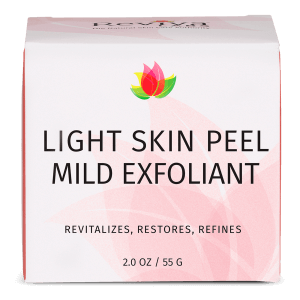Clean Beauty, Reviva Labs, Skin Care
Best Skin Care for Your 40s
Skin goes through some major changes during your 40s. It’s the decade when the signs of aging really become apparent. There’s a reason for that. Skin’s major building blocks, collagen and elastin, have decreased production causing a noticeable loss of firmness to the skin. The lines around the mouth and eyes are more pronounced. Past sun damage becomes more evident with areas of uneven skin tone, dark spots and rougher texture. As we age, the sebaceous glands produce less oil which is good news for those with oily skins but causes excessive dryness for the others. On top of that, a decline in estrogen production contributes to dryness as well as a thickening of the skin. Basically, as the body ages, so does the skin. The skin can’t protect or repair itself the way it used to when you were younger. It is time to get serious about giving your skin what it needs to look its best.
At this stage, some people may head straight to a doctor’s office for help. There are plenty of dermatological procedures and treatments that will help restore the skin to a more youthful look if you’re willing to pay for it. But for others, helping skin at this age simply means making some adjustments to their current skin care routine.
Fortunately, topical anti-aging treatments and formulations have made some significant advancements in recent years. It’s easy to find products on the market today that work to correct past damage and enhance the look of the skin.
If hyperpigmentation is an issue, look for products that are formulated with glycolic acid or kojic acid. They help to decrease the appearance of dark spots and brighten skin tone. Sensitive skin may do best with botanicals like bakuchiol, bearberry and licorice Root to help brighten the skin and improve clarity without irritation.
To firm the skin and improve the appearance of wrinkles, use creams and serums formulated with DMAE, vitamin C, glycolic acid and niacinamide. Niacinamide is thought to increase the levels of ceramides in the skin’s moisture barrier which helps alleviate the appearance of fine lines and wrinkles. Plus niacinamide does a great job of reducing inflammation in the skin which can be a problem as the skin ages.
To make sure the skin is ready to absorb all products you’ve applied, use an exfoliator regularly. Cell renewal becomes more haphazard as we age and some cells turnover more slowly than they used to. This creates dull looking skin and rough patches.
To increase hydration, make sure to include skin care products that have hyaluronic acid as their main ingredient. Hyaluronic acid is one of the top ingredients to help attract and bind moisture to the skin. It helps the barrier stay strong in order to prevent moisture loss and to protect the skin from further environmental damage. Peptides are also an important part of an anti-aging skin care routine. Specific types of peptides can signal the body to produce more collagen. Collagen is a protein found in the skin that is crucial to helping the skin stay firmer and thicker. The most common peptides used in skin care products are Palmitoyl Tripeptide-5, Argireline and Copper peptide which helps deliver trace minerals to stimulate the skin.
To make sure the skin is ready to absorb all products you’ve applied, use an exfoliator regularly. Cell renewal becomes more haphazard as we age and some cells turnover more slowly than they used to. This creates dull looking skin and rough patches. Using a chemical exfoliator with an AHA or salicylic acid after cleansing the skin will improve discoloration and allow products to penetrate more deeply into the skin.
We also recommend using a night cream. It may be an extra step in your routine but a night cream has a clear advantage over daytime moisturizers. At night, the body is restoring itself and can better receive the benefits of a night cream without having to deal with sun, pollution or the stress of the day. Creams or serums formulated with hydrolyzed collagen, essential fatty acids like hemp oil or argan oil can help restore and enhance the skin’s natural barrier and leave you glowing in the morning. Lastly, if you aren’t already using an eye product, now is the time to start. To address dark undereye circles or fine lines, you can now find products that are effective at addressing both challenges.
The 40s may be the time you notice some real changes in the skin but it is also the decade that you can still work to make a difference for the future of your skin too.




